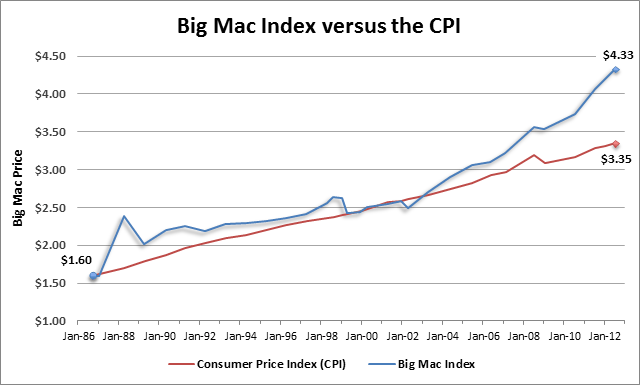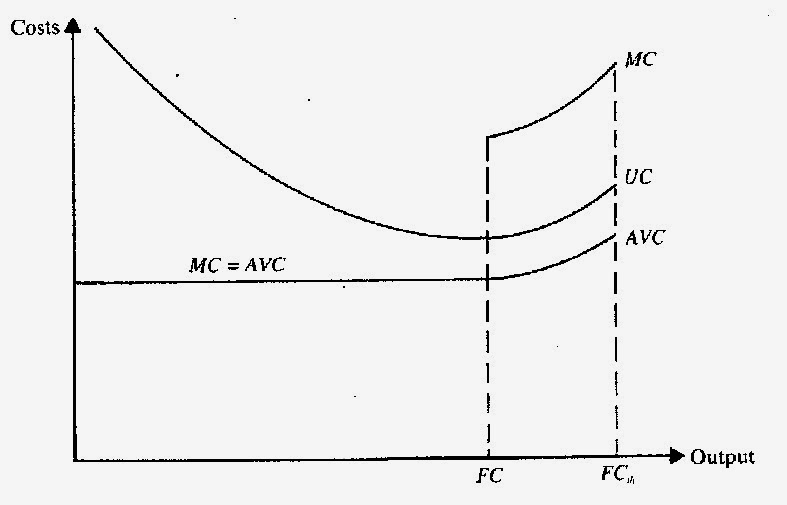

The 2014 CERT Report to Governor Inslee described certain benefits of a MAC curve tool that is Washington-specific. Within Washington, there have been some pilot efforts and rumblings about developing MAC curves for the state. The outputs show how complex a MAC curve can become as the number of sectors and types of measures under consideration expands:Įxample of a MAC Curve for Oregon in 2022 (page 20). In part due to the short time-frame and in part inherent to MAC curves, the Oregon study gave overlapping reduction potential between measures only cursory treatment and views this as a big issue. Despite the ‘meta-analysis’ nature and short project duration, the outputs are very comprehensive and well-documented, covering four sectors, three scenarios of effort and commitment and two ‘snapshot’ years (20). With the short time frame, this effort relied heavily on existing studies resulting in more of a ‘meta-analysis’ than comprehensive modeling effort.


More recently and closer to home, Oregon funded a “McKinsey-like” cost curve carried out by the Center for Climate Strategies on an accelerated 3-month time frame.

As such an example, the 2015 King County SCAP highlights that “local energy sources are cleaner and result in fewer GHG emissions compared to national averages, energy efficiency strategies would likely be more costly per increment of GHG emissions reduction.” However, this national perspective, aside from relying on many outdated assumptions, may not accurately portray more localized situations. A widely cited McKinsey & Company effort in 2007 gave a 2030 snapshot for the entire United States. To date, a Washington-specific MAC curve has not been developed, although there are examples at the national and state level that can provide some insight. The status of MAC curves for Washington state In this sense, MAC curves provide a great conversation starter from which deeper discussion and analysis can evolve with consideration of additional important dimensions and suitable policy options for unlocking the potential in each block. Therefore, MAC curves can be powerful for robust initial framing and identification of options to further evaluate. transportation and power) to be compared on equivalent terms, serving as an initial lens of where abatement opportunities are potentially the largest and most cost effective. This allows measures from various sectors (e.g. MAC curves are useful for framing carbon emissions abatement options, providing a tidy and accessible tool that orders measures on a simple economic metric ($/tCO 2 ). The most well-known and widely used MAC curves have been compiled by McKinsey and Company starting in 2007 at the country level ( Ekins et al ). The first carbon-focused MAC curves date to the early 1990s, while similar curves for energy savings and other air pollutants first appeared in the early 1980s ( Ekins et al. Typically the blocks are ordered such that the lowest cost options, which may represent net cost savings (negative $/tCO 2), are shown first on the left with subsequent higher cost options proceeding to the right. For each block (or measure), the width indicates the amount of potential carbon emissions abatement (tCO 2 ) while the height estimates the marginal cost of the carbon emissions abatement ($/tCO 2 ). An example, based on the widely cited 2007 McKinsey & Company study and reproduced for the King County Strategic Climate Action Plan, is shown above combining various measures from different sectors. Each block represents an individual or set of similar carbon abatement measures. MAC curves are broken into discrete ‘blocks’. A MAC curve permits an easy to read visualization of various mitigation options or measures organized by a single, understandable metric: economic cost of emissions abatement. A Marginal Abatement Cost Curve (MAC curve or MACC) is a succinct and straightforward tool for presenting carbon emissions abatement options relative to a baseline (typically a business-as-usual pathway).


 0 kommentar(er)
0 kommentar(er)
